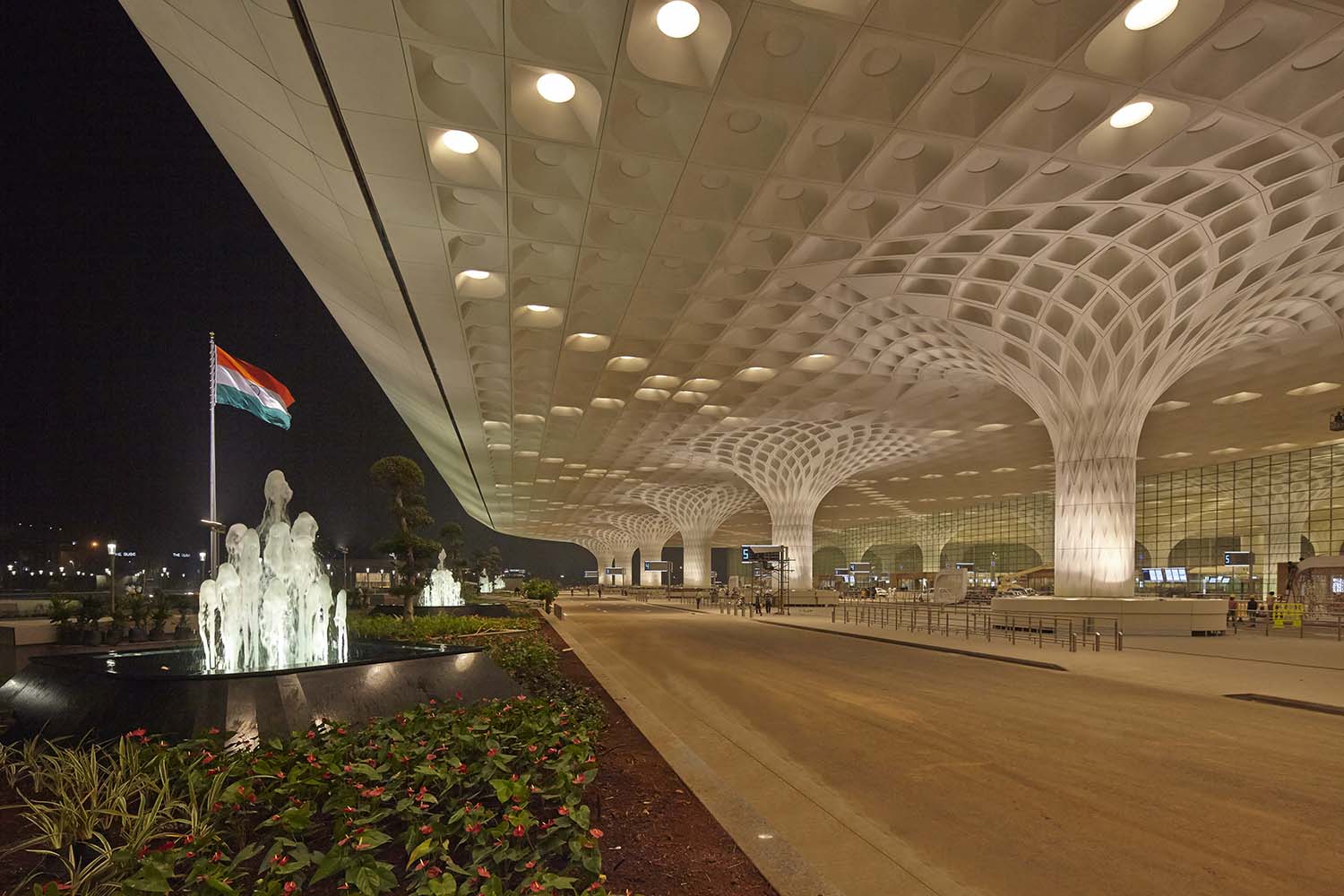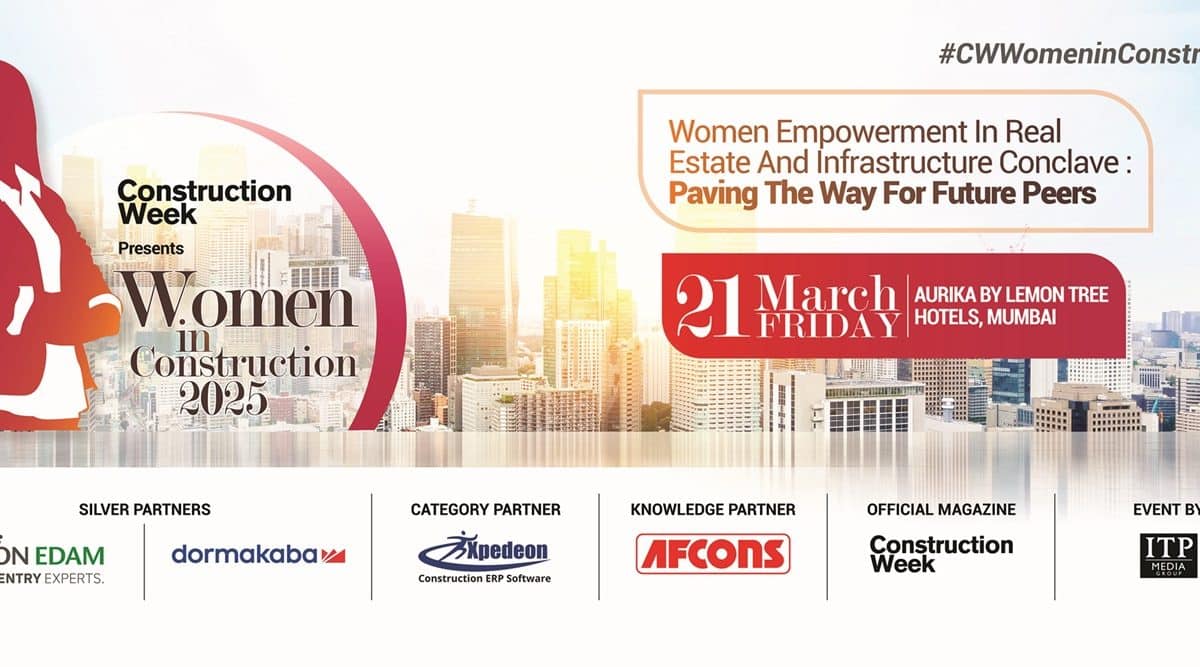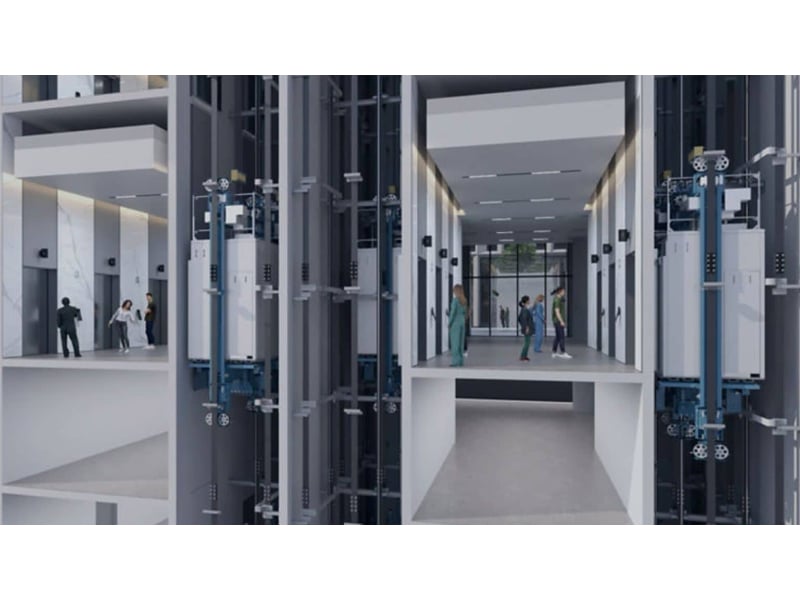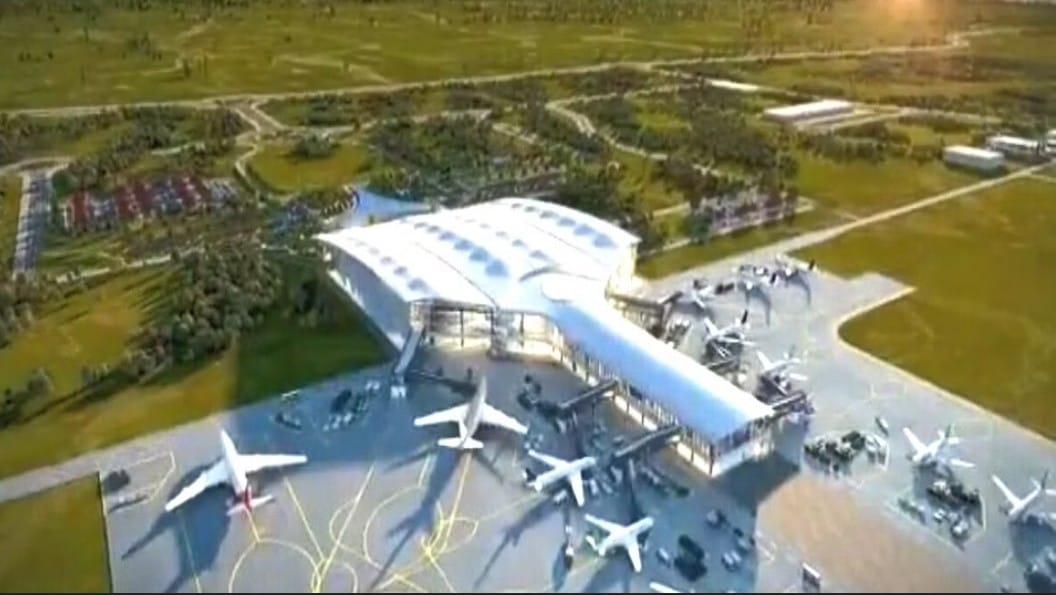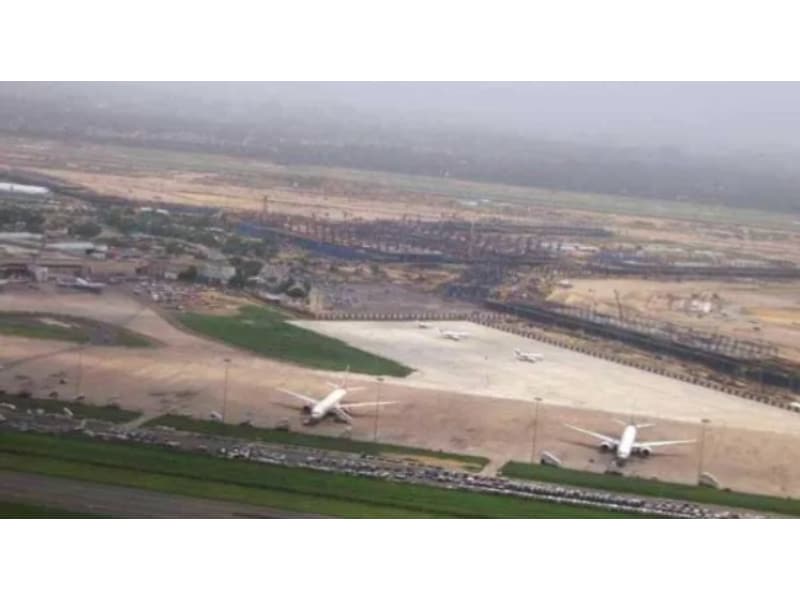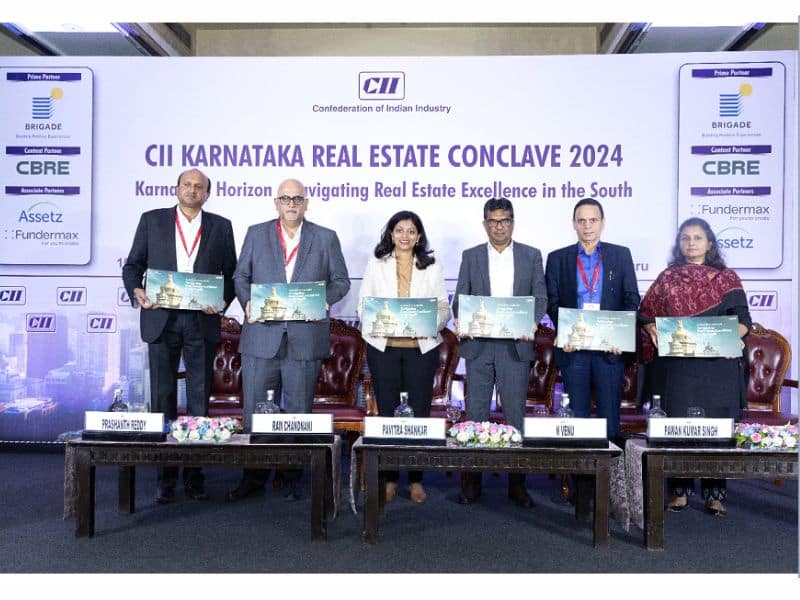There are several upcoming airports in India that promise to revolutionize air connectivity throughout the country while boosting infrastructure and business development simultaneously.
The decision to invest in several upcoming airports in India is driven by forecasted growth of air fleets to 1,200 from 600 earlier. The airports will help in easing the current strain placed on the travel hubs of the country. The AAI (Airports Authority of India) holds responsibility for the management of 136 Indian airports and 6 other airports are operated on the PPP (public-private partnership) model. India is the third largest domestic civil aviation globally at present.
But large projects such as these can often spiral out of control. Evan Walker, project manager, Turner India, says, “A significant factor in managing the cost of an airport project is having a comprehensive understanding of the ongoing market rate for different construction scopes, especially the unique airport systems. There are many organisations both within and outside India that offer an array of products for airport construction, and the knowledge of these enterprises and vendors helps to ensure that the widest net is cast to get reliable and competitive pricing. Such advantage is gained through experience and building relationships. Our job is to keep the stakeholders aware of the costs for their requests and subsequently, if we notice that the costs are creeping above the stipulated budget, we proactively look for alternate solutions or modifications that can still meet the stakeholders’ requirement while staying within budget.”
Moreover, products and solutions used at airports are different than those adopted for any other commercial developments. Capt Edwin Saldanha, MD, Boon Edam India, says, “Securing mass transportation, including subways, railways, commuter trains and airplanes, presents many challenges, including a large number of people, a constantly changing population of passengers, and hundreds of entry and exit points. Boon Edam offers most robust revolving doors & pedestrian barrier solutions like waist height turnstiles, swing barriers and flap barriers can abet the security of mass transit systems in a well-organized way.”
Ahead of the curve
Dr Prashanth Reddy, MD, FunderMax India, says, “Considering that airports are large projects and that the government cannot fund them on their own, it has to be PPP. Airports must have utility too and not just look grand. Today, we are seeing successful projects like AeroCity. These bring in additional revenue for the operators. Airports consume large parcels of land and most of the land is lying idle. They could be put to good use. It’s also important that airports are made green and they use green materials. The materials selected should also act as sound barriers as these places have high decibel levels.”
As air traffic and passenger volumes increase, reliable elevators are more important than ever to ensure efficient and stress-free airport mobility for all travellers. Amit Gossain, MD, Kone Elevator India, says, “Well designed and manufactured elevators and escalators are a must for today’s highly demanding public areas. They are key to ensuring smooth, efficient and safe flow of people traveling within a building’s environment. For airports and other mass transit centres, high reliability, durability and long equipment lifetime are key requirements. It is critical to deploy vertical transportation in these sections which provides utmost safety, designed specifically to meet the heavy usage demands to infrastructure environments worldwide. KONE prides itself on delivering the ‘low risk’ option to customers in such high traffic people flow. We offer ‘peace of mind’ in terms of product design, customer support and project management, combined with the highest levels of efficiency and safety during the installation phase.”
Manish Mehan, CEO, TK Elevators India, says, “Our escalators namely tugela, and victoria are reliably moving millions of people daily at airports around the world. These powerhouse escalators, which are specially developed to cater to the heavy-duty traffic at airports, also offer trend-setting designs for stylish airport interiors. Our accelerated, next generation moving walk ACCEL offers high capacities and high speeds for short distances, with no waiting times for passengers and low implementation costs. Passengers step onto the ACCEL at normal walking speeds, accelerate smoothly up to 7.2 km/h, or even 12 km/h for passengers who continue walking on the pallet band, and then decelerate to normal speed when leaving the system. ACCEL generates time savings of 70%.”
Mass transit agencies require rugged and durable barrier solutions that can handle those challenges, while requiring minimal maintenance. In many cases, the right solution is waist-high tripod turnstiles or full height turnstiles and gates that are constructed of steel. Agencies wanting a more aesthetically pleasing solution can implement optical turnstiles with a glass sliding panel or other resilient material.
Saldanha says, “With the growing threat of workplace safety coming under increasing scrutiny, more and more organisations are turning to security entrances to increase both the safety and security of people and assets. Speedlane Compact Security Speed Gate has been designed to provide all the fundamental functions needed in a security speed gate. Nothing more, nothing less. This is uncomplicated, premium, advanced security – realised from a general industry need for a quality, straightforward security entrance solution.”
At the turn of the 20th century in the US, Turner pioneered the use of steel-reinforced concrete for general building to deliver safer, stronger, and more efficient buildings to clients. Walker says, “There are several innovative solutions we have implemented on the Bangalore Airport Terminal 2 project such as developing prefabricated exterior brick panels with the contractor or developing a visual construction progress tracker in-house that takes inputs from our field teams through their mobile devices to provide a real-time indication of construction work. We use this information to understand our efficiency in construction flow, bottlenecks in installation, and identify areas where we need to concentrate our efforts to expedite the project progress further. Latest technologies such as paperless Inspection Requests via Aconex or a fully-adapted BIM model for coordination and logistics planning are being implemented. In addition to this, a virtual reality system has been put in place to pre-screen workers at height to ensure their comfort operating at simulated heights.”
To create value with connected people flow solutions, Kone has recently introduced Kone DX class elevators to redefine the elevator experience with built-in connectivity for improved people flow at high-traffic areas such as airports. This will help creating an experience that connects on every level. It uses the Kone digital platform and secure APIs to connect elevators with a whole new suite of solutions and services that make life easier and more convenient for users.

